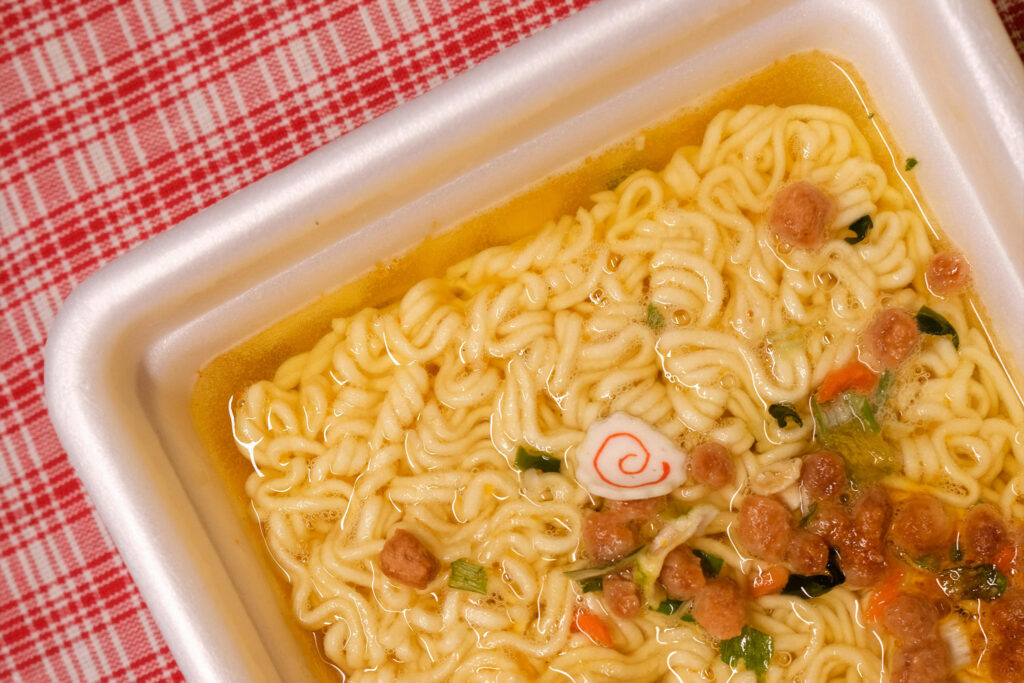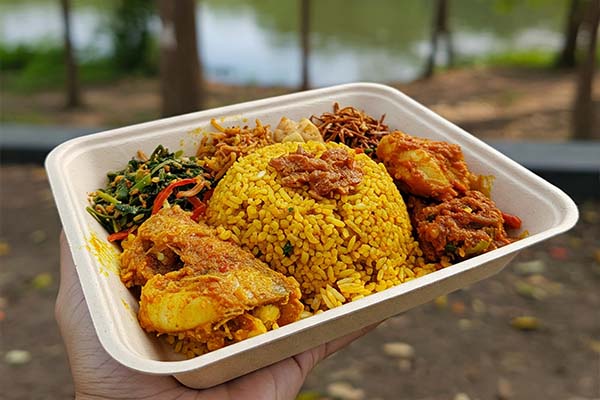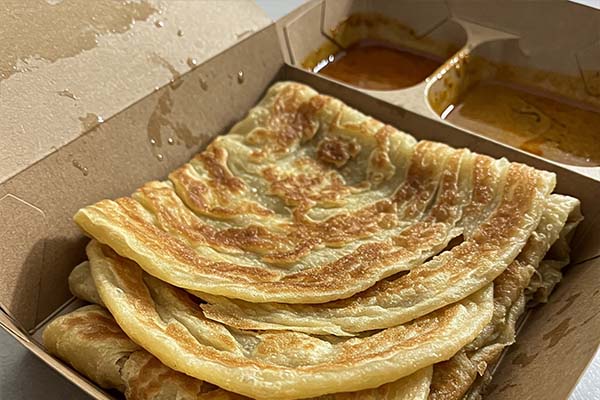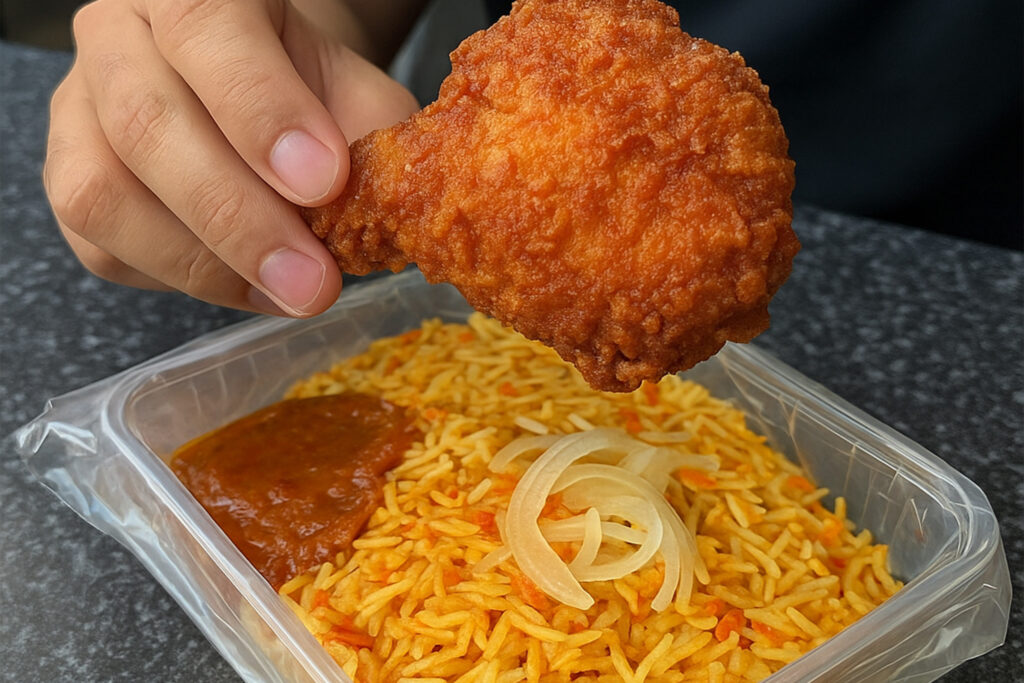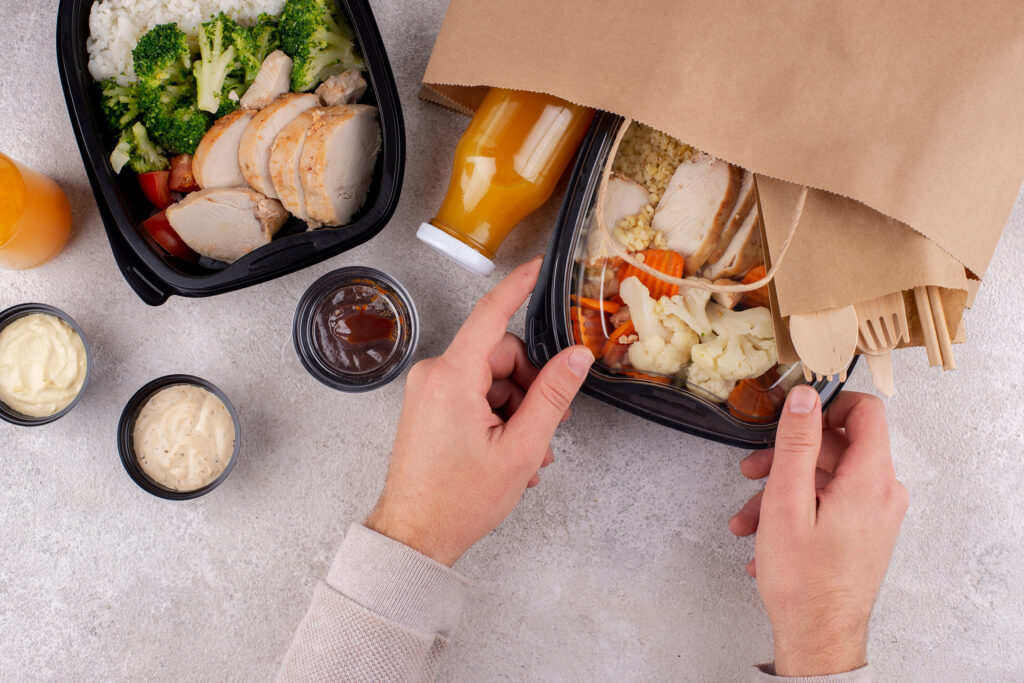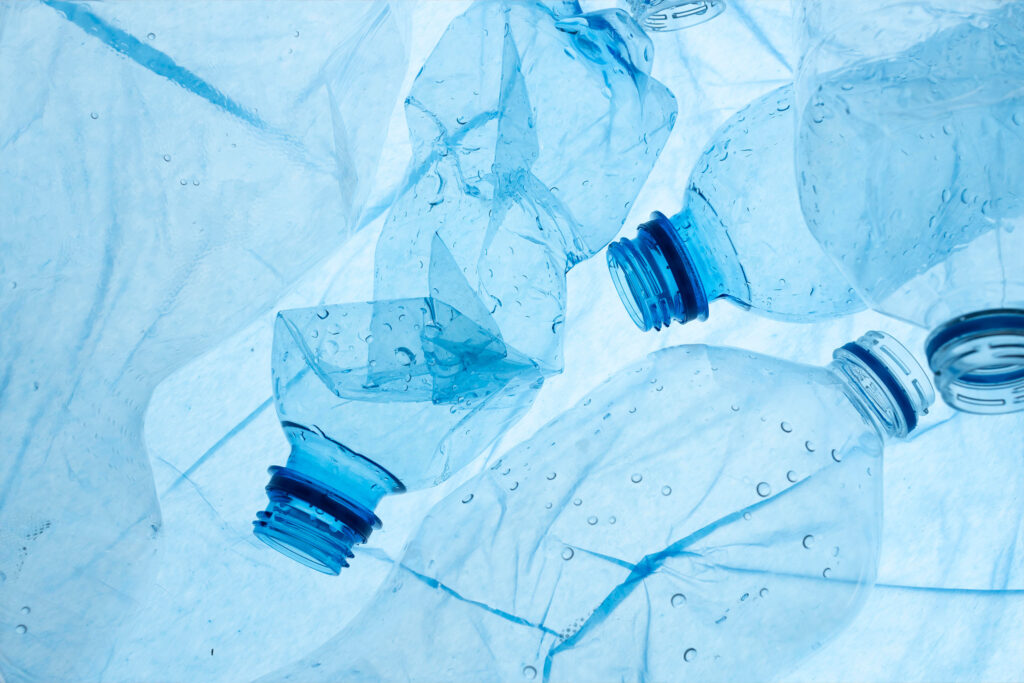When it comes to food packaging, choosing the right material is crucial for maintaining freshness, safety, and sustainability. Among the many materials used in food packaging, PET (Polyethylene Terephthalate) and PP (Polypropylene)are two of the most common.
What is PET (Polyethylene Terephthalate)?
PET is a type of plastic that is widely used in food packaging. It is a strong, lightweight material that offers excellent protection for food items. PET is commonly seen in products such as beverage bottles, food trays, and jars.
Key Features of PET:
- Durability: PET is known for its durability and resistance to impact, making it ideal for packaging food and beverages that require safe and secure containers.
- Transparency: PET is naturally clear, allowing consumers to view the contents of the packaging without opening it, which enhances the product’s visual appeal.
- Barrier Properties: PET offers excellent barrier properties against oxygen, moisture, and contaminants, which helps to extend the shelf life of food products.
- Recyclability: One of the most attractive qualities of PET is that it is 100% recyclable, which makes it a more sustainable option compared to other types of plastics.
Temperature Resistance of PET:
- PET can typically withstand temperatures of up to 65°C to 70°C (149°F to 158°F). Beyond this range, PET may start to deform, especially under prolonged exposure to heat.
Common Uses in Food Packaging:
- Soft drink and water bottles
- Ready-to-eat meals and snacks
- Condiment bottles (ketchup, sauces)
- Frozen food packaging
What is PP (Polypropylene)?
PP is another versatile plastic material that is widely used for packaging food items. Unlike PET, PP is a bit more rigid and resistant to heat, making it suitable for packaging that requires a higher degree of heat tolerance.
Key Features of PP:
- Heat Resistance: PP can withstand high temperatures, making it perfect for hot food applications and microwave-safe containers.
- Chemical Resistance: PP is highly resistant to chemicals, oils, and fats, which is why it is often used for packaging greasy or oily foods like deli meats and fast food items.
- Lightweight and Cost-Effective: PP is lightweight and inexpensive, which makes it an economical choice for manufacturers.
- Recyclability: Like PET, PP is also recyclable, but it is less commonly recycled than PET in some regions.
Temperature Resistance of PP:
- PP can typically tolerate temperatures as high as 100°C to 120°C (212°F to 248°F) before it begins to soften. This makes it ideal for packaging that requires microwave-safe capabilities or containers for hot foods.
Common Uses in Food Packaging:
- Microwaveable food trays and containers
- Yogurt cups
- Snack bags
- Take-out containers
